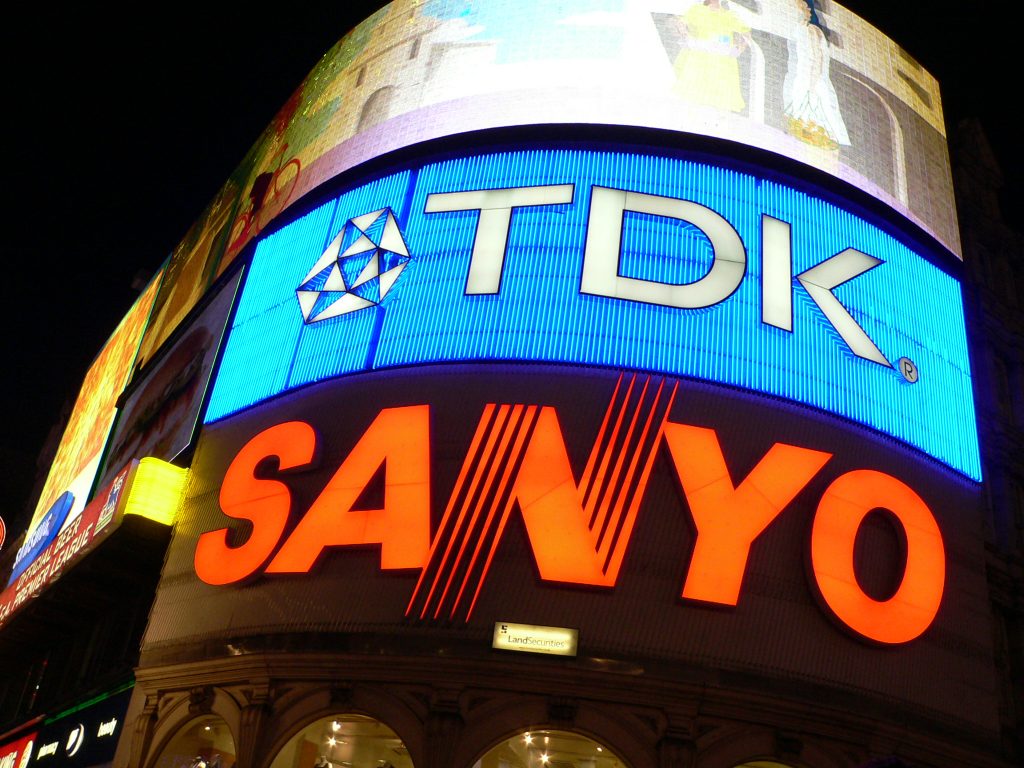The interactions and memories between a customer and a company form a conceptual model in the customer’s mind. This is the brand.
Branding is not specifically the “attractiveness” of a product. A brand is a mark that represents experiences, trust, and the values of the company and their products. “Attractiveness” is subjective. One brand will be attractive to some and repulsive to others. Some prefer Tesla, and some prefer Chevrolet.
The Canadian Cannabis Legalization Task Force released its report to a collective sigh of relief from many industry members. The Task Force did their homework, and have made recommendations using research and reason, and overall, it’s well done.
But the branding and packaging recommendations have alluded to the potential for “packages without any distinctive or attractive features and with limits on how brand names are displayed.” If this sentiment is pushed to the limit, as is done with tobacco in Australia, it will miss an opportunity to uproot illegal cannabis. According to one of the prime directives of legalization, this would be a mistake.
It’s worth noting that regardless of the rules and regulations set, great brand leaders will rise to the challenge and excel under any model.
They will find unique ways to set themselves apart and win the hearts and minds their customers. The more restrictive the regulations, the more creative the winners will need to be to set themselves apart. These companies will see success, but their impact will be limited in the quest to shift Canadians from black market cannabis.
The intent of Health Canada is not likely to create competitive advantages for great marketers. Their intention is to disrupt black market cannabis, and ensure cannabis production and use are responsible and within the laws. It is not only the first-order effects of policy that should be considered, but also the second and third orders. Strategic allowance of branding measures will better implement Health Canada’s desired outcomes.
When Health Canada allows a legal marketplace for recreational cannabis, less desirable products will be driven out as consumers purchase products with the highest perceived value. If a cannabis product is recalled for poor production practices such as containing mould or pesticides, Health Canada should want that brand to face adversity and lose goodwill. Trust and loyalty from good production practices only matter when products can be distinguished on a shelf. If all packages look the same, there is no feedback loop to incentivize producers to care.
Cannabis consumers care deeply about product selection. They are looking for information that will guide them to the strains and producers that work for them. If information about strains is withheld, including reference to taste and smell, they will likely turn to places where the information is present. This would lead to a competitive disadvantage for legal cannabis.
Pushing packaging to conservative limits has achieved results in the tobacco industry, but simply using the lessons of tobacco and folding them into cannabis is misguided. The differences between the products are significant.
The psychoactive contents in tobacco and their effects don’t vary as wildly as in cannabis. There is currently no divide between medicinal and recreational tobacco. There are no large scale indoor tobacco farms that devour electricity and impact the environment on the scale of indoor cannabis. The stratification of commercially available tobacco strains with varying effects doesn’t approach the number of those available with cannabis. Tobacco has become a commodity — cannabis should not.
The diversity of cannabis has made customers hungry for product knowledge. Regulations that allow companies to differentiate themselves will help the market diversify into products for different needs. Displaying the main terpene present on the product packaging is one example of relevant information. This terpene can indicate the scent or taste of the strain, which is an important selection criterion for many. Some people like citrus and some dislike it. The customer needs to know this information before they purchase. Packaging is where this information should be present. If only simple THC/CBD numbers are allowed, they become the sole visible metric of focus for the strain. This could potentially drive increases in product potency, and curb educational messaging on other properties of the strain.
Environmental impacts are at stake as well. Canadians are proud of their homeland and have a comparatively high concern for the natural environment.
Many are blatantly unaware of the environmental cost of indoor cannabis production. While there is a new guard of legal producers who have developed infrastructure aimed at cultivating top quality cannabis while reducing the environmental impact, their efforts will be ignored without the ability to differentiate their brands.
If all cannabis were to be delivered in a nondescript box, it would more likely become a commodity. The issue with this is that commodities compete solely on prices. With quality assurance and security overhead, legal cannabis producers would be uncompetitive to unregulated sources, or leave little margin for taxation.
Allowing package design for legal cannabis would give the legal industry the chance to remain competitive with black market cannabis. If two products are in the marketplace at similar prices, consumers will choose the product to which they have a stronger brand affiliation. For this purpose, Health Canada desire legal companies to develop brand affiliation.
If Health Canada allows a diversity of brands to develop with package differentiation, value can be added to the product in additional ways. A stratification of prices will evolve, and cannabis will be able to move out of the shadow of the black market. Out-competing black market cannabis is precisely what Health Canada wants from legal producers.
Alexander Close is the Creative Director at Tantalus Labs. Alex is a focused brand engineer and student of social behaviour, born and raised in Vancouver, BC.
This article originally appeared on Lift



